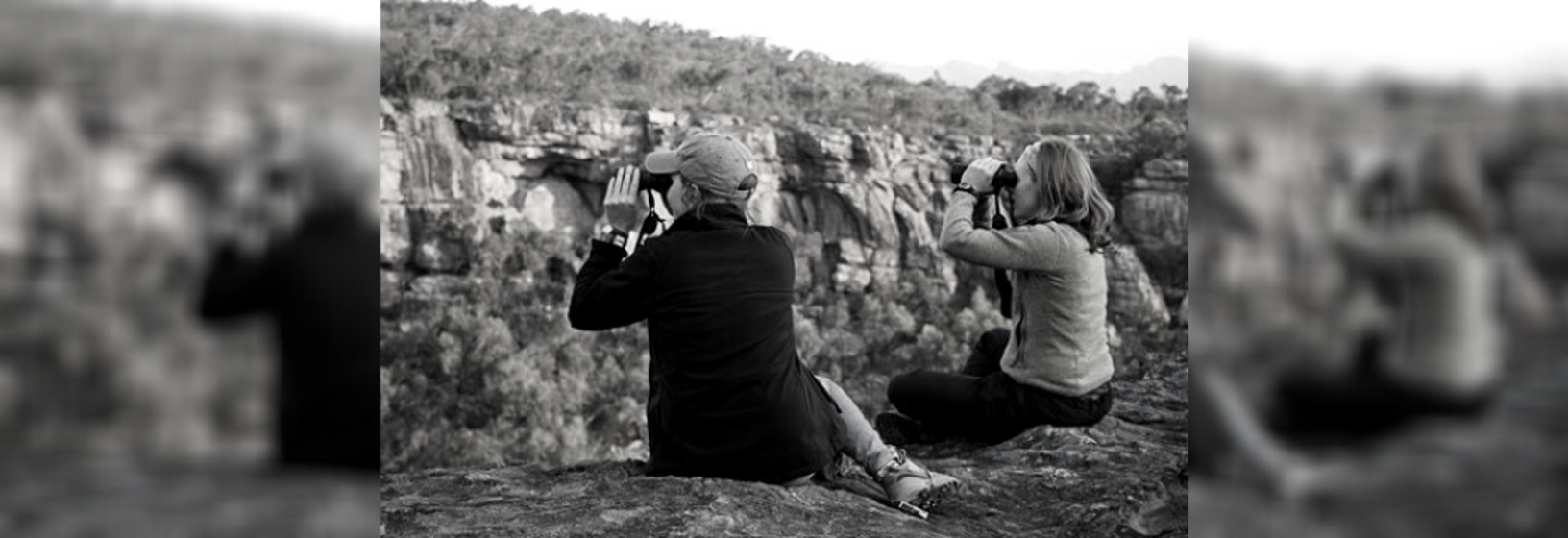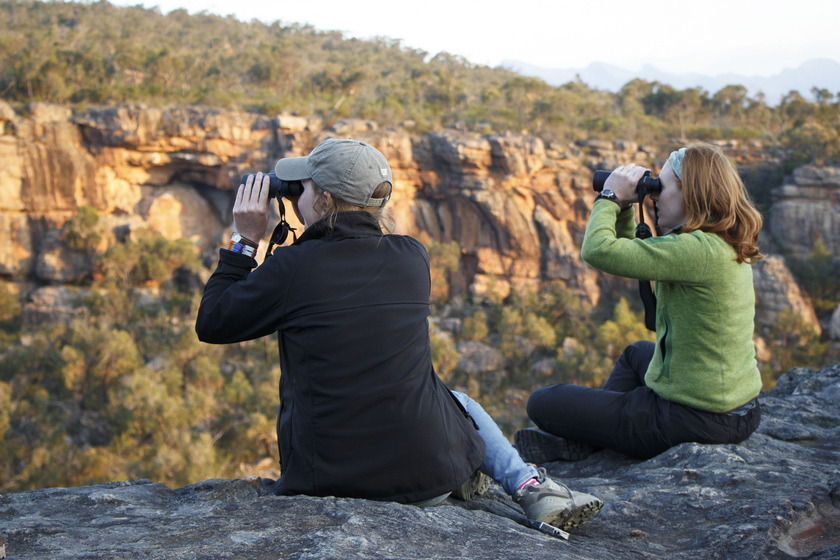A New Pecking Order
This story has introduced the early history of ornithology in Victoria through the lens of Museum Victoria’s collections. It is a discipline which is as relevant today as it was at the formation of the collection.
Today the ornithology collection contains more than 70,000 specimens of mounted birds, dried study skins, tissue samples, skeletons, eggs, and specimens preserved in alcohol. One of the largest Australian collections, primarily of Australian species and with a strong Victorian emphasis, it includes material from a broad spectrum of the world’s avifauna and represents over 4,000 species. There are also representatives of many birds now long extinct and many valuable ‘type’ specimens.
While early work in the collection focused on putting names to birds and listing new species, eventually the avifauna was known and complete. It is a rare event these days for a new species to be discovered in Victoria. However this combined 160 years of collecting gives us a long-term picture of birdlife in Victoria.
The museum’s scientists continue to observe and research Victoria’s avian diversity in the field but much of the focus is now on the relationships between species and groups. A recent series of biodiversity surveys in partnership with Parks Victoria has resulted in snapshot assessments of Victoria’s national parks. Museum Victoria also worked with the City of Melbourne to conduct the Melbourne BioBlitz, the city’s first citizen science event. Museum experts and members of the community worked together to discover, document and learn about the species that call Melbourne home.
Field techniques have changed dramatically since the early days to accommodate new research methods: genetics, element analysis, scanning, acoustics, geospatial data, high speed digital photography and videography.
Hand-written field notes of old are replaced with iPads which record data directly into the museum catalogue, which in turn have been developed into free field guide mobile apps for the general public. These allow people to explore Victoria's unique and diverse wildlife at home or in the great outdoors. One hundred and sixty years of ornithological knowledge is now available in the palm of your hand.















